
- For PC
- For MAC
- For Linux
- OS: Windows 10 (64 bit)
- Processor: Dual-Core 2.2 GHz
- Memory: 4GB
- Video Card: DirectX 11 level video card: AMD Radeon 77XX / NVIDIA GeForce GTX 660. The minimum supported resolution for the game is 720p.
- Network: Broadband Internet connection
- Hard Drive: 23.1 GB (Minimal client)
- OS: Windows 10/11 (64 bit)
- Processor: Intel Core i5 or Ryzen 5 3600 and better
- Memory: 16 GB and more
- Video Card: DirectX 11 level video card or higher and drivers: Nvidia GeForce 1060 and higher, Radeon RX 570 and higher
- Network: Broadband Internet connection
- Hard Drive: 75.9 GB (Full client)
- OS: Mac OS Big Sur 11.0 or newer
- Processor: Core i5, minimum 2.2GHz (Intel Xeon is not supported)
- Memory: 6 GB
- Video Card: Intel Iris Pro 5200 (Mac), or analog from AMD/Nvidia for Mac. Minimum supported resolution for the game is 720p with Metal support.
- Network: Broadband Internet connection
- Hard Drive: 22.1 GB (Minimal client)
- OS: Mac OS Big Sur 11.0 or newer
- Processor: Core i7 (Intel Xeon is not supported)
- Memory: 8 GB
- Video Card: Radeon Vega II or higher with Metal support.
- Network: Broadband Internet connection
- Hard Drive: 62.2 GB (Full client)
- OS: Most modern 64bit Linux distributions
- Processor: Dual-Core 2.4 GHz
- Memory: 4 GB
- Video Card: NVIDIA 660 with latest proprietary drivers (not older than 6 months) / similar AMD with latest proprietary drivers (not older than 6 months; the minimum supported resolution for the game is 720p) with Vulkan support.
- Network: Broadband Internet connection
- Hard Drive: 22.1 GB (Minimal client)
- OS: Ubuntu 20.04 64bit
- Processor: Intel Core i7
- Memory: 16 GB
- Video Card: NVIDIA 1060 with latest proprietary drivers (not older than 6 months) / similar AMD (Radeon RX 570) with latest proprietary drivers (not older than 6 months) with Vulkan support.
- Network: Broadband Internet connection
- Hard Drive: 62.2 GB (Full client)
The Ratel 90 is the fire support version of the Ratel family of South African wheeled ICVs, developed during the early 1970s for the SANDF. Soon, this deadly fast mover will join the ranks of the British ground forces tree as part of the brand new South African subtree, coming to War Thunder with the release of the next major update!
Briefly: The Ratel 90 is a South African wheeled ICV, featuring a destructive 90 mm cannon and extremely high mobility.
Ratel 90, light tank, Britain, rank IV
Pros
- Highly mobile
- Punchy 90 mm cannon with chemical rounds
Cons
- No stabilizer
- Large size
In the late 1960s, the South African military began changing its doctrine towards highly mobile warfare, embodied by small mechanized infantry units. The change in doctrine was necessitated when the military realized that heavy armor faced extreme difficulties operating in rural areas of the country. As a result, the army needed a new ICVnot only to ferry troops into battle but also to actively support them in the field. To that extent, a basic requirement for an ICV was formulated and a number of both domestic and well as foreign designs were evaluated.
The domestic Springfield-Büssing company developed a promising six-wheel ICVprototype, called the Buffel, constructed on the basis of a MAN truck. The further developed Buffel prototype was eventually selected for procurement and entered service with the military as the ‘Ratel’. Production of the Ratel began in the mid 1970s, after a limited initial batch of production vehicles successfully underwent testing. Being a family of fighting vehicles, the Ratel came in various modifications, including the base model armed with a 20 mm cannon, two mortar versions, a close fire support variant armed with a 90 mm gun, as well as a command and ATGM carrier modifications.
Ratels served in numerous conflicts since their first introduction in the mid 1970s, with nearly all of its active service taking place on the African continent. The Ratel 90 saw its first combat use in 1980 during the South African Border War, where Ratel 90 anti-tank teams came face to face with T-54/55s on multiple occasions. By the end of production in 1993, some 1304 Ratels were produced across all variants. Due to its simplistic design and perfect fit for the dry climate of sub-Saharan Africa, the Ratel proved at home in the Middle East and north-west Africa. As a result, around a dozen more nations, excluding South Africa, still operate the Ratel ICV.
In War Thunder, the Ratel 90 will soon join the higher ranks of the British ground forces tree as part of the upcoming South African subtree, arriving to the game with the release of the next major update. Highly mobile and packing a serious punch, the Ratel 90 will soon give British tankers access to a potent flanker thus greatly increasing the versatility of the British late mid-tier lineup!
The Ratel 90, as its name already indicates, is primarily armed with a 90 mm GT-2 gun featuring favorable ballistic properties at short to medium ranges. Thanks to its good accuracy and rate of fire, the GT-2 cannon is ideally suited for accompanying the Ratel on its fast outflanking maneuvers to deliver a devastating blow to unsuspecting enemies. It’s worth noting that the GT-2 cannon can only fire chemical munitions at enemy targets. As such, aspiring commanders of this armoured car should carefully aim their shots, particularly at vehicles protected by more advanced armor types, in order to maximize the destructive potential of their rounds!
Apart from a punchy cannon, the Ratel 90 is also equipped with a sizable 282 horsepower diesel engine, allowing the vehicle to reach a top speed of 105 km/h under ideal conditions. On the other hand though, the Ratel 90 still remains a rather heavy vehicle, despite being a wheeled one. As such, the Ratel 90 comes in weighing 20.1 tons, resulting in the vehicle possessing a power-to-weight ratio of 14 hp/t. This rather mediocre power-to-weight ratio means that the Ratel 90 will only slowly get up to its top speed and may face some difficulties navigating extremely uneven terrain.
However, despite offering good mobility and firepower, the Ratel 90 succumbs to the same weakness found on virtually all vehicles of this type. Namely, the Ratel 90, with its up to 20 mm of steel armor plating, isn’t nearly as well protected as some of the other fighting vehicles at its rank. In effect, the vehicle’s armor protection is merely enough to keep the vehicle shielded from shrapnel and machine gun fire, while main guns from other tanks as well as autocannons from SPAAGs will make short work of the lightly protected Ratel 90. Therefore, tankers will have to rely on the vehicle’s mobility to keep themselves out of the enemy’s firing line and thus well out of harm’s way.
The Ratel 90 is joining the higher ranks of the British ground forces tree as part of the upcoming South African branch of vehicles, coming to the game with the release of the “Ixwa Strike” major update. In the meantime, be sure to stay tuned to the news as we keep you posted on all the upcoming new additions and features awaiting you in the next major War Thunder update. Until then, happy hunting tankers!
The War Thunder Team
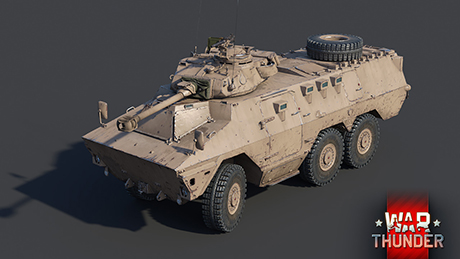
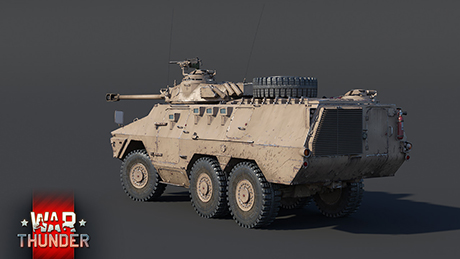
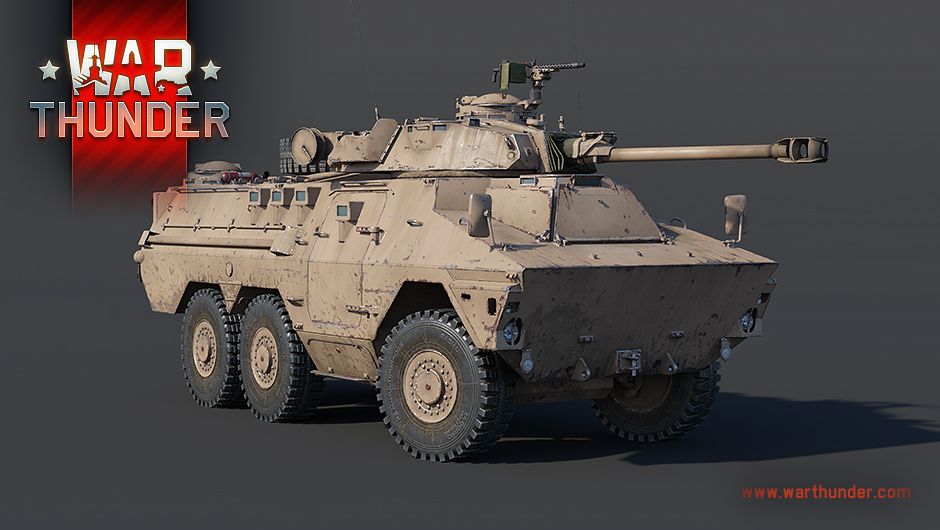

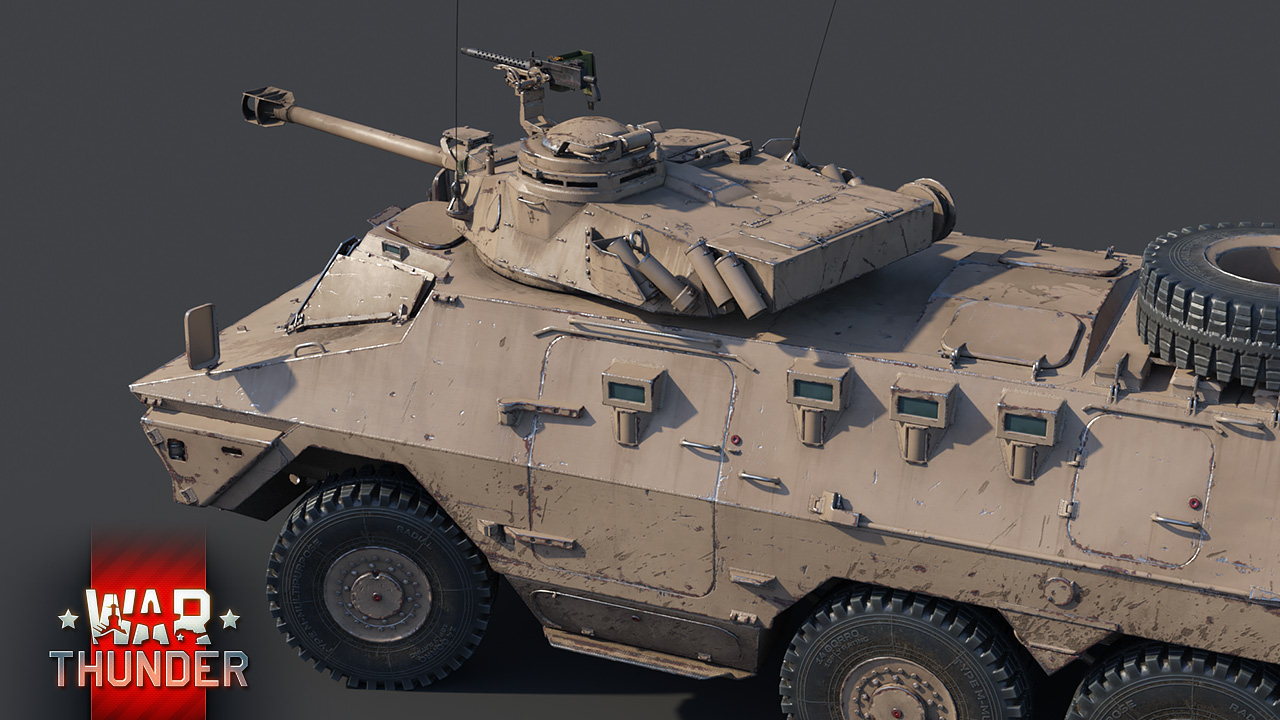
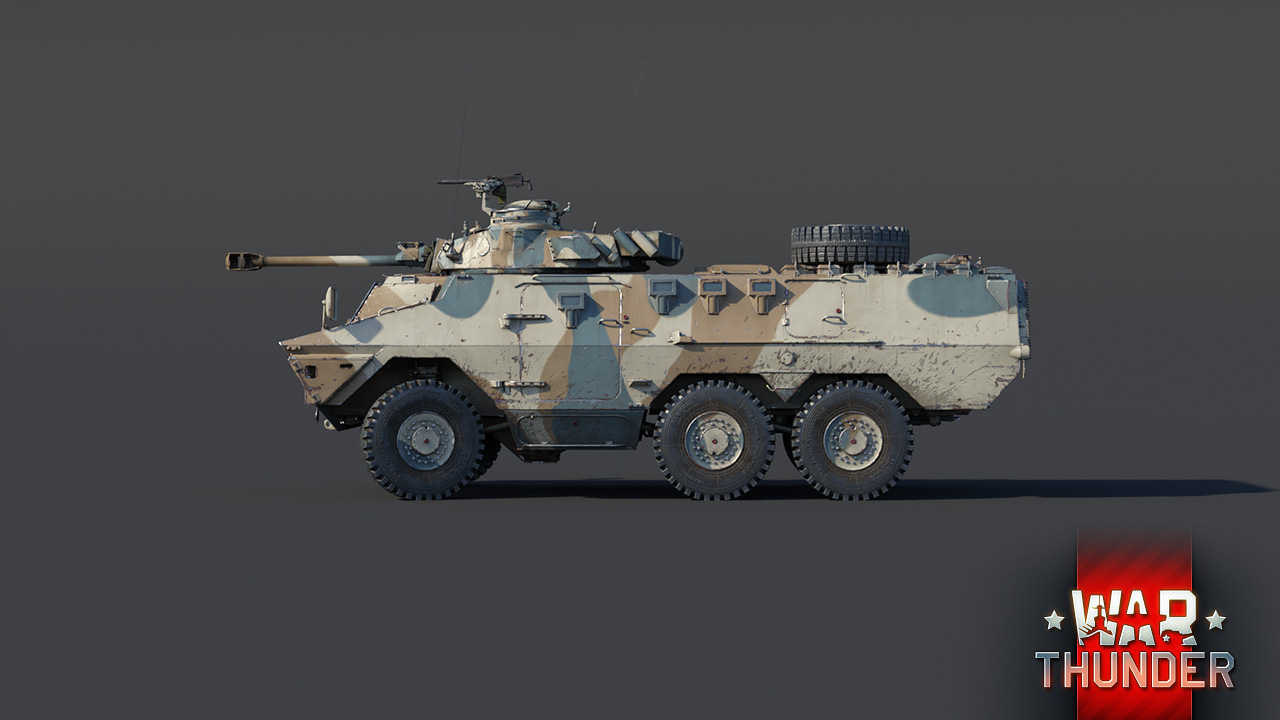




Comments (83)
pog
I don't care if it's good. South African tanks are cool I will be hyped no matter what because I've wanted to see these tanks in game for years
I have driven one similar to that one in real life.
You server on it, or during some tank fest?
Stona_WT, I v'e done my military service on the "Mortier 81mm Ratel". Was the driver of it.
Ok
Now that you add the Olifants, please fix the Sho't Kal's gearbox! (and also please don't screw up the Olifant's gearbox all the same) The final gear is waaaay too long, the ratios are messed up, which leads to a much worse mobility than what the hp/ton ratio would suggest...
I'm going to be straight with you guys about this update. I really wanna know what the deal with the Cy-9 and Cy-11 is (giving Russia it's fourth premium jet?) and I wanna see the Japanese SPG and that's really about it. Other than the gun sounds and Japanese SPG, I'm not super excited about this patch so far.
when
LuckyGirl_III, When the update rolls around. I just think it's crazy that Russia is going to have the MiG-15 Bis Ish, MiG-17 AS, Yak-38, AND now the 6.7 Cy-11 (Su-11).
can we see what jet america is getting this patch please?
Nothing.
Nothing this patch, as they already have enough cas.
These new SA vehicles makes me feel sick just by looking at them. 0 interest. No sense adding them IMO. I hope we see something cool coming what we did not see on devserver.
Alex_LT, Right before update Hot $hit
DerpGerp, You almost forgot Black Shark or whatever it was
Damn, times will be hard for the Spahpanzer at Tier IV, no longer will it be enjoying the capture speed advantage, it has some competition at the capture points now!
ok EE-9 Cascavel for US when?
never
US / SU / Germany don't need other nations subtrees, the best place for Brazil is Italy.
Submit a complaint